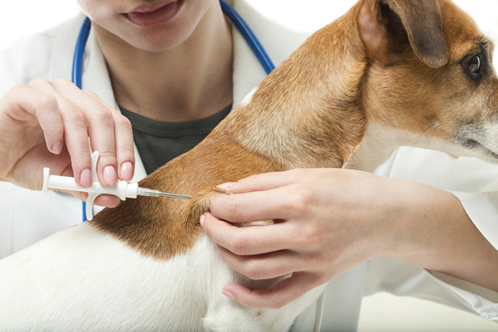It only takes a moment for your fur baby to bolt out the door or break away from the leash, and many lost pets never find their way home because they have no form of identification when they get away. Tags on collars are great, but pets often break or lose their collars in their attempt at freedom. Microchipping is a way to ensure your fur child can find their way home, with permanent identification always in place. Here is a closer look at how you can use a microchip to keep your pet safe.
A microchip is a tiny electronic device that is injected into your pet just below the skin. It’s only about as big as a grain of rice, but it stores information, like your contact information, which is delivered via radiowaves. When your pet is lost and someone scans him or her with the right type of scanner, they can access the contact information and get your pet back to you.
Microchips do not need a power source and contain no moving parts, so they are safe to stay in your pet for a lifetime. They are made from material that is compatible with an animal’s body, so any discomfort or rejection is very rare. Over time, the microchip will become encased in the tissue, which means it will not move around the body.
If you wish to have your pet microchipped, simply ask about it at your next appointment. The procedure is simple. The microchip in injected using a sterile syringe under your pet’s skin between the shoulder blades.

Once your pet is microchipped, you will receive paperwork regarding the microchip registration. You will need to keep this information so you can change your contact information if you move or get a new phone number. Up-to-date information is critical.